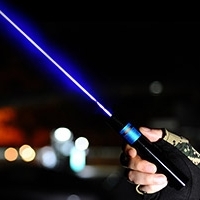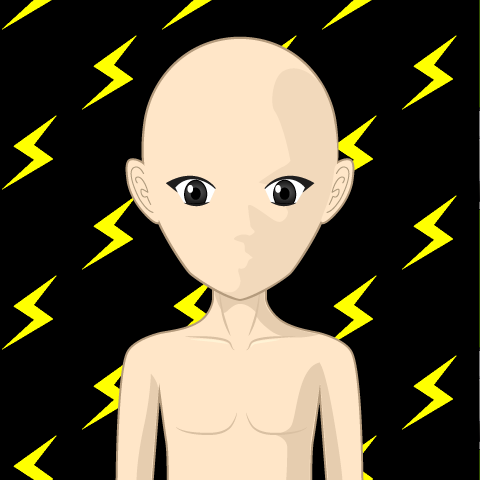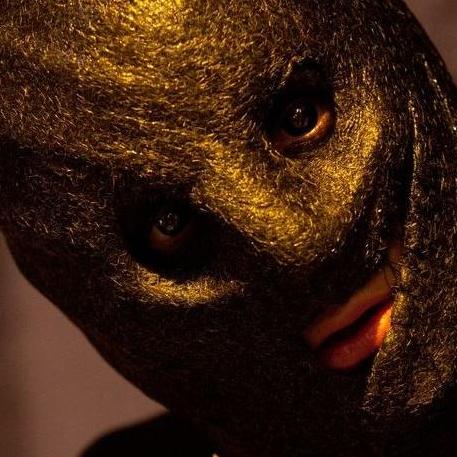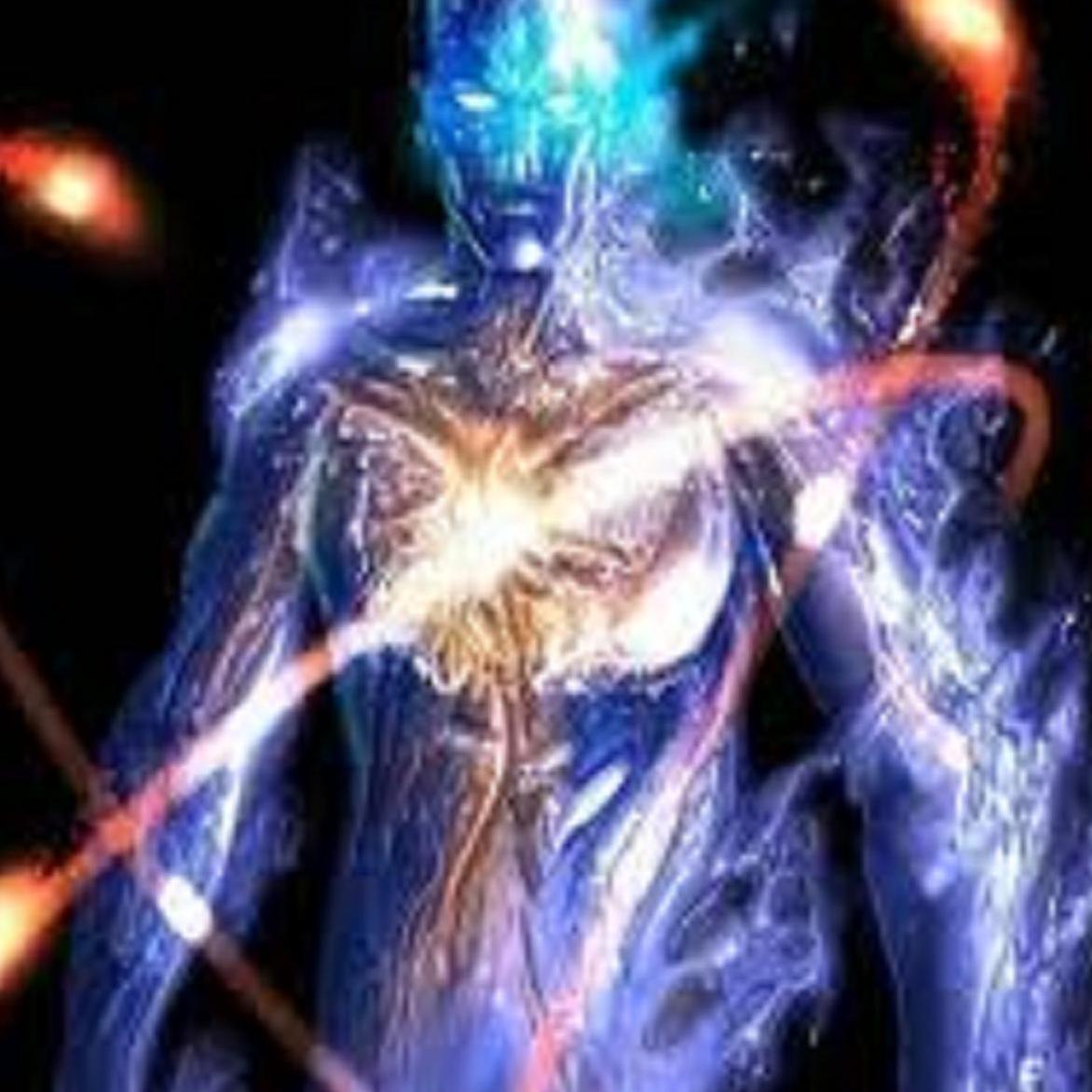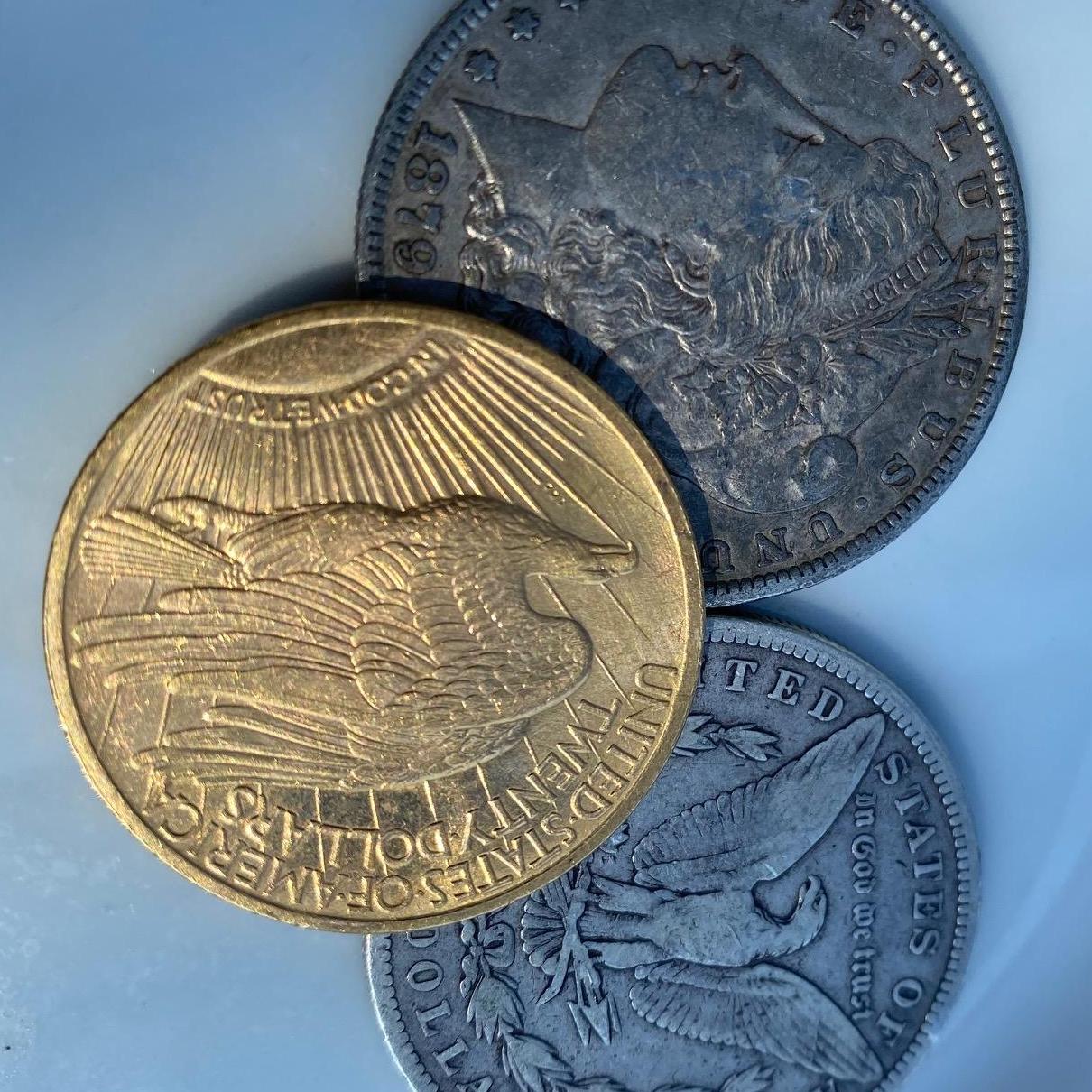Hello everyone! HTPOW Shop Green Laser Pointer
https://www.htpow.com/300mw-green-high-power-laser-pointer-waterproof-adjustable-holster-p-1038.html
HTPOW Shop High Power Laser Pointer
https://www.htpow.com/high-powered-30000mw-blue-laserpointer-445nm-worlds-brightest-p-1027.html
Professional sales of various types of high-quality laser pointers, wholesale at preferential prices, quality and after-sales guarantee, if necessary, please visit
https://www.htpow.com/
https://www.htpow.com/300mw-green-high-power-laser-pointer-waterproof-adjustable-holster-p-1038.html
HTPOW Shop High Power Laser Pointer
https://www.htpow.com/high-powered-30000mw-blue-laserpointer-445nm-worlds-brightest-p-1027.html
Professional sales of various types of high-quality laser pointers, wholesale at preferential prices, quality and after-sales guarantee, if necessary, please visit
https://www.htpow.com/
-
2 Publicações
-
1 fotos
-
0 Vídeos
-
Number Muncher
-
01/14/1991
-
Seguido por 2 pessoas
Atualizações Recentes
-
Red laser pointer
These are the simplest pointers laser diodes are available in these wavelengths. The pointer is nothing more than a battery-operated laser diode. The first red laser pointer released in the early 1980s were large, unwieldy devices that sold for hundreds of dollars. Today they are much smaller and usually cost very little. In the 21st century, diode-pumped solid-state (DPSS) red laser pointers with emission at 671 nm were available. Although this wavelength can be obtained directly with an inexpensive laser diode, a higher beam quality and narrower spectral bandwidth can be achieved with DPSS designs.
https://www.htpow.com/htpow-blue-20000mw-laser-pointer-high-power-450nm-burning-laser-pointers-p-1102.html
Yellow laser pointer
Yellow laser pointer emission at 593.5 nm has become available in recent years? Although based on the DPSS process, in this case two laser lines of the Nd: YVO4, 1064 nm and 1342 nm, are summed together with a nonlinear crystal. The complexity of this process makes these laser 20000mw inherently unstable and inefficient, with their power spectrum ranging from 1 mW to about 10 mW, varying widely with temperature, and usually mode-hopping if they are too hot or too cold. That's because, as a complex process, temperature stabilizers and active cooling, which cannot be mounted in a small host, may be required. In addition, most of the small 593.5 nm pointers work in pulse mode, so that you can use smaller and less powerful pump diodes. New 589 nm yellow laser pointers are introduced by using a more robust and secretive method of harmonics from a DPSS laser system. This "sodium" wavelength, although only 4.5 nm from the older 593.5 nm, will have more gold in color compared to the more amber appearance of the 593.5 nm wavelength. Observatories use a specially tuned dye laser at 589.2 nm (yellow) to create a Laser Guide Star for use with astronomical adaptive optics.
https://www.htpow.com/burning-laser-pointers-c-38_41.html
Green laser pointer
Trails from a 15 mW green laser pointer at a time exposure from a living room at night.
Green laser pointers appeared on the market around 2000, and are the most common type of DPSS laser (also DPSSFD for "diode-pumped solid-state frequency-doubled"). They are more complicated than standard red laser pointers because laser diodes are usually not available in this wavelength range. The green light is generated in an indirect process, starting with a high-power (typically 100-300 mW) infrared AlGaAs laser diode operating at 808 nm. The 808 nm light pumps a crystal made of neodymium-doped yttrium orthovanadate ( Nd: YVO4) (or Nd: YAG- or less often Nd: YLF), which 3w laser pointer deeper in the infrared at 1064 nm. Through an electronic transition in the fluorescent neodymium ions this laser action is Nd (III), which is present in all these crystals.
https://www.htpow.com/3000mw-520nm-high-power-green-laser-pointer-burns-match-p-1005.html
Blue laser pointers
Blue laser pointers in certain wavelengths, such as 473 nm, usually have the same basic structure as DPSS green lasers. In 2006, many factories started manufacturing blue laser modules for mass storage devices, and these were used in Rechargeable Laser Pointer as well. These were DPSS type frequency doubled devices. They usually emit a beam at 473 nm, which is produced by doubling the frequency of 946 nm laser radiation from a diode-pumped Nd: YAG or Nd: YVO4 crystal (Nd-doped crystals usually produce a main wavelength of 1064 nm, but with The right reflective coating mirror can also be made to laser on other "higher harmonics" non-major neodymium wavelengths). For high output power BBO crystals used as frequency doubler; used for lower powers, KTP. The Japanese company Nichia controlled 80% of the blue laser diode market in 2006.Red laser pointer These are the simplest pointers laser diodes are available in these wavelengths. The pointer is nothing more than a battery-operated laser diode. The first red laser pointer released in the early 1980s were large, unwieldy devices that sold for hundreds of dollars. Today they are much smaller and usually cost very little. In the 21st century, diode-pumped solid-state (DPSS) red laser pointers with emission at 671 nm were available. Although this wavelength can be obtained directly with an inexpensive laser diode, a higher beam quality and narrower spectral bandwidth can be achieved with DPSS designs. https://www.htpow.com/htpow-blue-20000mw-laser-pointer-high-power-450nm-burning-laser-pointers-p-1102.html Yellow laser pointer Yellow laser pointer emission at 593.5 nm has become available in recent years? Although based on the DPSS process, in this case two laser lines of the Nd: YVO4, 1064 nm and 1342 nm, are summed together with a nonlinear crystal. The complexity of this process makes these laser 20000mw inherently unstable and inefficient, with their power spectrum ranging from 1 mW to about 10 mW, varying widely with temperature, and usually mode-hopping if they are too hot or too cold. That's because, as a complex process, temperature stabilizers and active cooling, which cannot be mounted in a small host, may be required. In addition, most of the small 593.5 nm pointers work in pulse mode, so that you can use smaller and less powerful pump diodes. New 589 nm yellow laser pointers are introduced by using a more robust and secretive method of harmonics from a DPSS laser system. This "sodium" wavelength, although only 4.5 nm from the older 593.5 nm, will have more gold in color compared to the more amber appearance of the 593.5 nm wavelength. Observatories use a specially tuned dye laser at 589.2 nm (yellow) to create a Laser Guide Star for use with astronomical adaptive optics. https://www.htpow.com/burning-laser-pointers-c-38_41.html Green laser pointer Trails from a 15 mW green laser pointer at a time exposure from a living room at night. Green laser pointers appeared on the market around 2000, and are the most common type of DPSS laser (also DPSSFD for "diode-pumped solid-state frequency-doubled"). They are more complicated than standard red laser pointers because laser diodes are usually not available in this wavelength range. The green light is generated in an indirect process, starting with a high-power (typically 100-300 mW) infrared AlGaAs laser diode operating at 808 nm. The 808 nm light pumps a crystal made of neodymium-doped yttrium orthovanadate ( Nd: YVO4) (or Nd: YAG- or less often Nd: YLF), which 3w laser pointer deeper in the infrared at 1064 nm. Through an electronic transition in the fluorescent neodymium ions this laser action is Nd (III), which is present in all these crystals. https://www.htpow.com/3000mw-520nm-high-power-green-laser-pointer-burns-match-p-1005.html Blue laser pointers Blue laser pointers in certain wavelengths, such as 473 nm, usually have the same basic structure as DPSS green lasers. In 2006, many factories started manufacturing blue laser modules for mass storage devices, and these were used in Rechargeable Laser Pointer as well. These were DPSS type frequency doubled devices. They usually emit a beam at 473 nm, which is produced by doubling the frequency of 946 nm laser radiation from a diode-pumped Nd: YAG or Nd: YVO4 crystal (Nd-doped crystals usually produce a main wavelength of 1064 nm, but with The right reflective coating mirror can also be made to laser on other "higher harmonics" non-major neodymium wavelengths). For high output power BBO crystals used as frequency doubler; used for lower powers, KTP. The Japanese company Nichia controlled 80% of the blue laser diode market in 2006.0 Comentários 0 Compartilhamentos 633 VisualizaçõesFaça Login para curtir, compartilhar e comentar! -
0 Comentários 0 Compartilhamentos 534 Visualizações
Mais Stories



